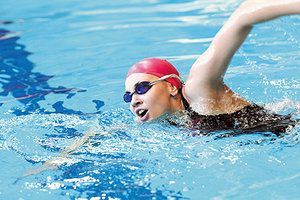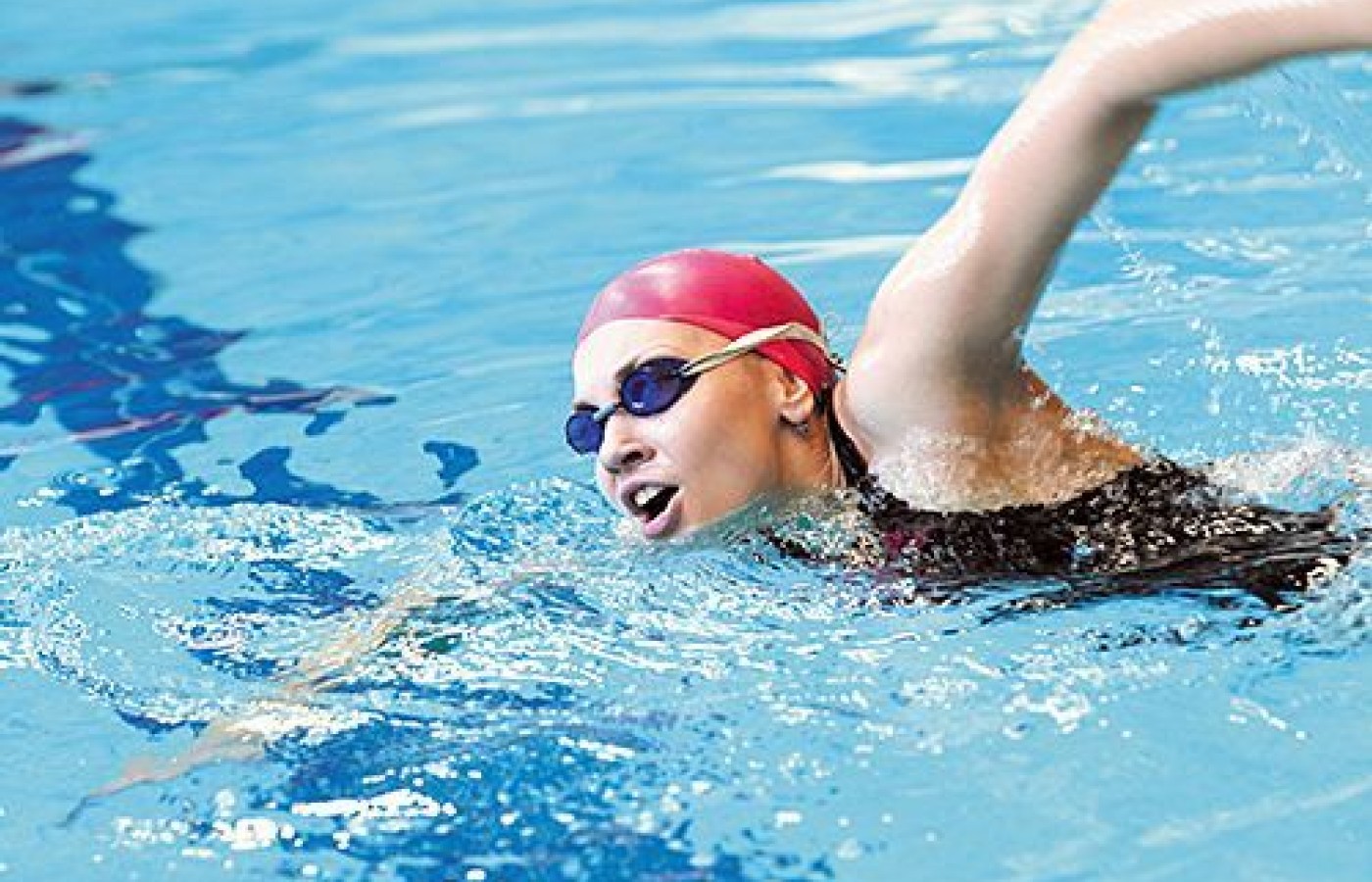Recent laws in New Jersey and California represent a disturbing trend that will negatively impact a practice’s ability to collect monies from patients, as well as expose them to significant penalties if the practice does not follow the mandatory guidelines to a T. Please be aware that a similar law may be coming to your state. The time to act is before the law is passed.
Working with Young Athletes: Injured Shoulder in a Swimmer
Editor's Note: This is part four of a six part series by Dr. Maggs. To see parts 1 through 3, visit [url=http://www.dcpracticeinsights.com]http://www.dcpracticeinsights.com[/url].
When you begin working with high-school and middle-school athletes, it's important to communicate effectively with the parents, as well as your young patients. Sometimes visual images are the best way to communicate what is really going.
The advantage of performing a comprehensive biomechanical exam (as discussed in the second article in this series) is that you're able to identify both asymptomatic and symptomatic biomechanical faults that will predictably cause injuries or premature degeneration in a young athlete's lifetime. This information can help lead to a corrective program long before negative effects occur, much like the orthodontist does with braces.
History
A 15-year-old female swimmer has been injured for the past two years. Her right shoulder injury has prevented her from training and competing at the level she desires. Her two-hour-a-day training, six days a week, with a race on most weekends, has become virtually impossible, as the injured shoulder will not heal.

This young girl was under the care of an orthopedist and physical therapist for two years, but her injury was as bad at the end of those two years as it was in the beginning. I respectfully submit that not only were they ignorant of this girl's total biomechanical picture, but they also had no knowledge of how to manage this girl back to health.
Report of Findings
I remind this young girl and her family that all human beings are architectural structures and you cannot have an injury of one part without contributions and effects from other parts. Her right shoulder is injured, yet she participates in a symmetrical sport. Therefore, there must be more to the clinical picture than the previous sports doc had found. I use "crooked man" as the best visual to explain what I meant by this. I remind them that all imbalances originate in the feet, and that there is a domino-like effect going up the structure that will dictate their unique stress areas.
Since all architectural structures depend heavily on the balance of the foundation, it makes perfect sense to discuss the (im)balance of the feet. Visual evidence is the most effective way to explain whether or not the feet are doing the best job possible. Digital scanning provides that visual evidence.
I say, "As you can see from the optimal scan, the weight-bearing of the feet should be in the forefoot and heel. This provides for the strongest and most balanced foundation. Not only have the lateral arches fallen, but they're imbalanced, with greater pronation on the right foot. To address the biomechanical faults of the body, we must start with custom orthotics to create symmetry, balance and support of the feet."
An A-P lumbar X-ray shows the effect of the right foot being more pronated than the left. The right ilium is lower than the left, while the legs are equal in length. Custom orthotics should help to balance the weight distribution and alignment of the pelvis.
A lateral lumbar X-ray shows an anterior Ferguson's center of gravity line and a 54° sacral base angle (normal is 36°-42°). These imbalances dramatically increase the stress on the pars and facets, predisposing an adolescent athlete to a pending or active spondylolisthesis. They also force an abnormal compensatory cervical curve, as seen on lateral cervical X-ray.
The forward head carriage creates many problems in the upper back and neck. First, the muscles of the upper back and neck are under tremendous, continuous stress to hold the head up. The lower joints of the neck are also under abnormal loading, and in most cases, the discs in the lower cervical spine will degenerate, bulge or herniate prematurely if we don't improve that curve and center of gravity.
Finally, an open-mouth view shows a rotation of the axis. This produces untold neurological interference and is aggravated greatly by the imbalance originating in the feet. If we can address the feet with custom orthotics, we can then begin the process of improving all of the biomechanical faults found on the exam. Of course, this is combined with the acute injury treatment to the chronic right shoulder.
One-Year Program
The first and foremost goal for any patient is to address the primary injury with which the patient presents. However, if the underlying biomechanical faults are not addressed, the primary injury can never fully heal. And for a young athlete who trains two hours a day, six days a week, with competition on the seventh day, maximum biomechanical potential is the highest level of health anyone can ask for.
Once the primary injury is healed, custom orthotics and one year's worth of treatment, exercises and rehab are recommended. This allows for the appropriate re-education of the musculoskeletal system to get the patient to their maximum biomechanical potential. Frequency depends on the patient and their condition.
A one-year program puts into proper perspective a reasonable time frame to make biomechanical changes. This approach also reinforces in the patient that structural management is an ongoing process.



